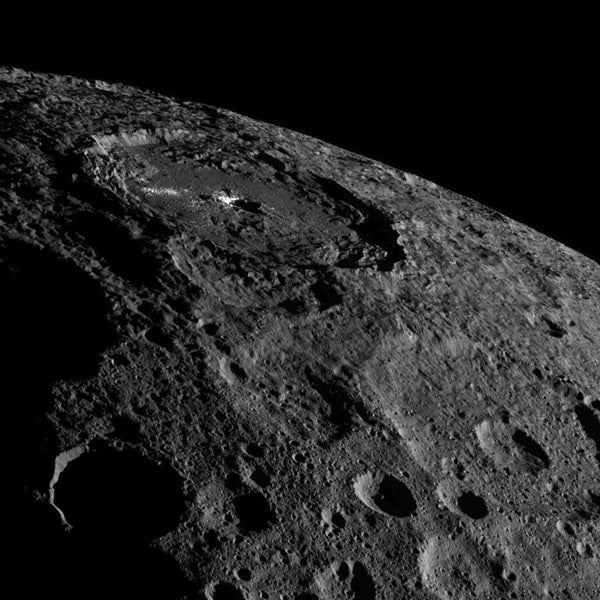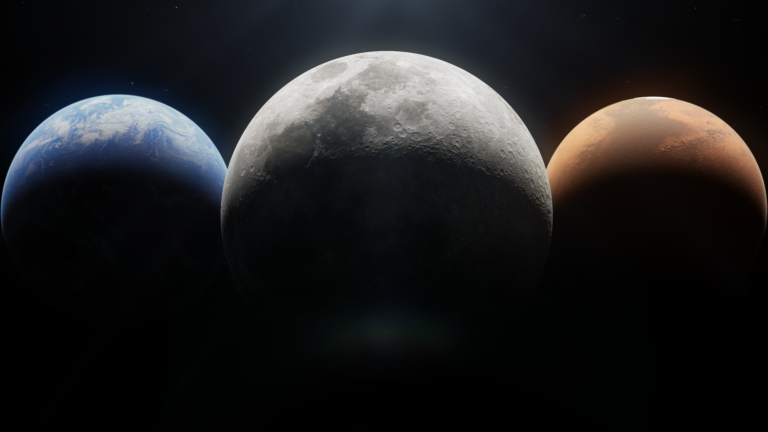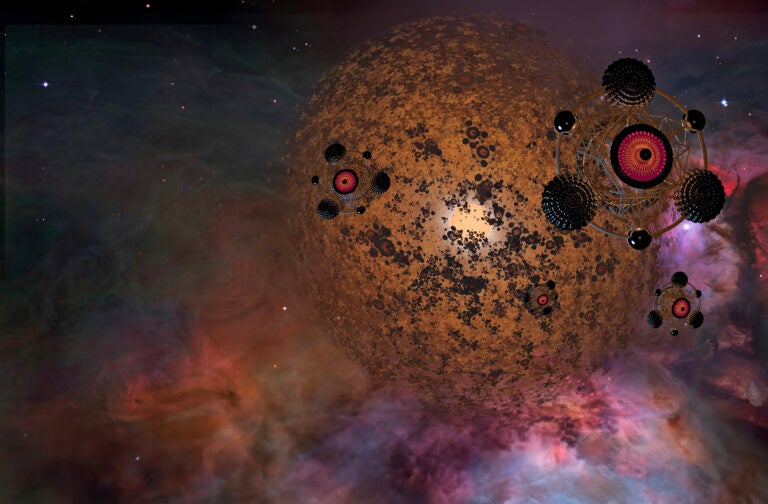Ceres is a miniature world complete with dramatic rockscapes for the Dawn spacecraft to explore. Occator Crater, home to the white spots that so tantalized our curiosity during Dawn’s long approach, is particularly gorgeous under the oblique lighting of this image captured on October 16, 2016.
Occator Crater is large enough to encompass Delaware, holding the state tidily within the 57-mile (92-kilometer) wide, 2.5-mile (4-kilometer) deep crater. Within it are two exceptionally bright white splotches that provoked wide-ranging theories before Dawn’s observations finally determined they’re salty residue.
The latest theory to explain the bright white splotches is that despite forming millions of years ago, the crater is geologically active. The impact may have triggered the upwelling of a salt-rich liquid from within Ceres, the brine emerging at the surface and rapidly freezing before ice sublimated into vapor leaving behind fresh salt deposits.
This detailed oblique view is courtesy of Dawn’s extended mission and fifth orbital configuration. The spacecraft spent October spiraling around the dwarf planet Ceres at an altitude of approximately 920 miles (1,480 kilometers), capturing images of the surface in exhilarating detail. The spacecraft started backing off in November, widening its orbit to an altitude of 4,500 miles (7,200 kilometers) to take in broader views and collect background measurements necessary to sort signal from noise. The return to a higher altitude will reduce orbital adjustments, conserving propellant so the spacecraft can stay in orbit longer.
Dawn is now in an extended mission, making ever more detailed and subtle measurements beyond the original mission scope. Extended observations with its gamma ray and neutron spectrometer will allow Dawn to peer at atomic constituents up to 3 feet deep, and more gravitational measurements allow for a more nuanced view of Ceres’s interior. The spacecraft is taking additional visible and infrared spectra that will help refine our mineralogical inventory of the dwarf planet. Dawn is also remapping Ceres, tracking any changes for any recent impacts since the mission began. The higher orbit will also allow the spacecraft to collect images of the same targets at different times of day under new lighting conditions and take additional angled stereo photos, enhancing its topographical mapping.
Dawn completed its primary mission in July after meeting all its exploration objectives. It is the first spacecraft to orbit two different extraterrestrial targets, studying the two largest bodies in the Main Asteroid Belt. The spacecraft orbited Vesta in 2011 through 2012 before using its ion drive to break free of its orbit and redirect to Ceres, arriving in 2015. It will stay in orbit around the only dwarf planet in the inner solar system until it runs out of propellent, at which point it will stay in a permanent orbit around Ceres.










